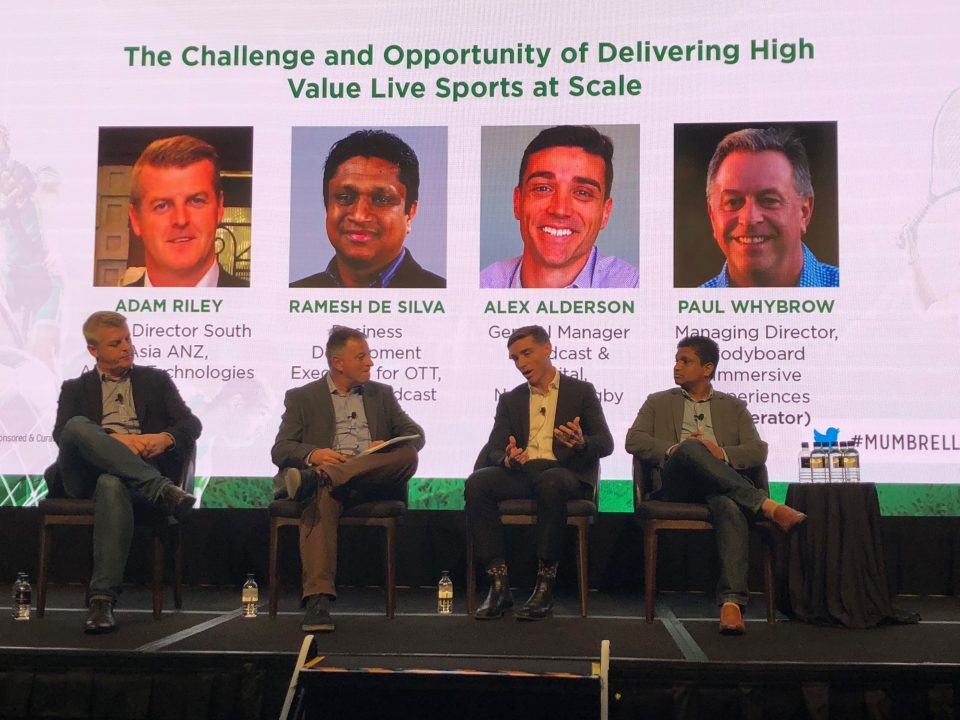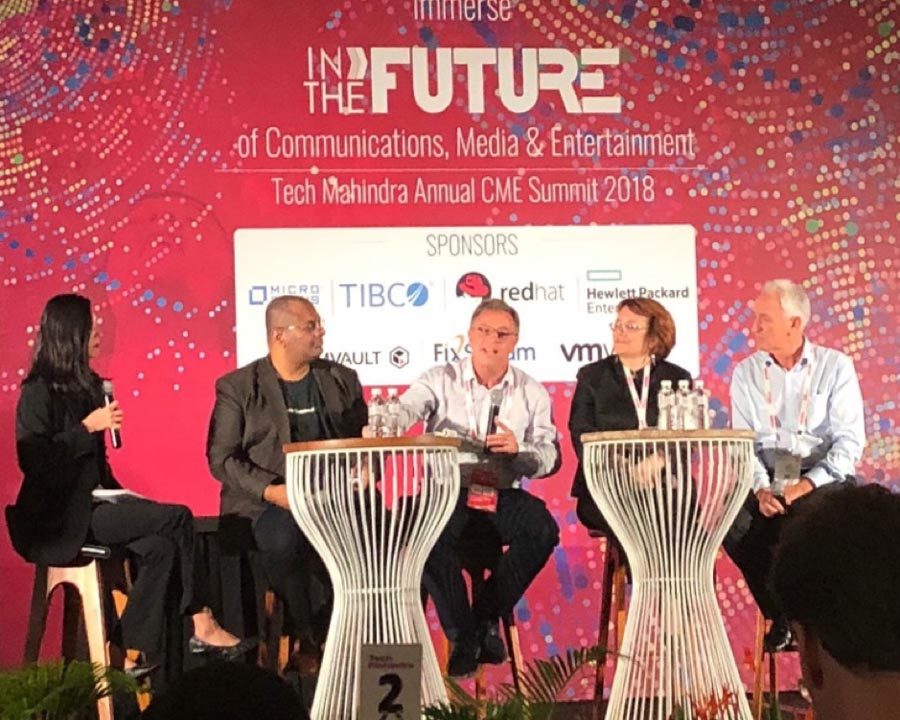Written by Paul Whybrow
The BBC (British Broadcasting Corporation) in the UK has just celebrated a small landmark in television history marking three decades since they launched a way of doing kids’ TV that at its time was totally revolutionary.
For me this is a very personal celebration, as I was one of the privileged young producers who worked for a time on this unique TV in the early 90’s. I was recently sent an article from the Manchester Evening News about a special TV show produced to mark the occasion, and it made me nostalgic but it also made me stop and think about the relevance of creativity and technology today in making ground-breaking entertainment.
As we look at what we see as the cutting edge social TV of now, is it really that different from what we did 20 years ago or is our creative core capability just the same? The same with just greater access to technology which was beyond our dreams at the time?
Come with me back 30 years to a world where TV for kids was dominant beyond everything. There was no mobile phone, no internet, and social media was the gossip you learnt in the playground at school.
In that context, there was ‘the broom cupboard’ as it was affectionately known. It was the continuity voiceover booth for BBC1 (Britain’s most popular TV channel) where the announcer would introduce the next program live, which is still done today. In the afternoon after school, there was a sequence of shows for kids known as Children’s BBC, and to make this more exciting they put a camera into the area, added a young presenter to link the shows and interact directly with the kids’ audience.
CBBC, as it was known, was a huge hit. Remember, in those days there was no on-demand TV: you finished your homework and sat down watching the TV live. The audience wanted to take part in the fun, and so they communicated the only way they could at the time by writing a letter – hundreds of them a week! There were two key people, Doreen and Sylvia, who were the social producers of the day, reading the mail to find the letters and birthday messages to be read out live or ideas to feed into the creativity on air.
For me it was an amazing time spent learning my craft. We had incredible freedom to have fun on air, and nobody stopped us! With 8 million viewers a day, I worked with some incredible talent, Andi Peters , Simon Parkin, Edd the Duck and Wilson the Butler
The last two were brilliant creations by two producers who worked behind the scenes and on camera. The fans loved it all, and although I only played my small part behind the scenes of the fun on air, I am proud of the entertainment created in my stint as a CBBC producer.
I remember Sir Tom Jones with Edd flinging underwear around; Jason Donovan, a regular guest; flying to the US to film a special with New Kids On The Block (pop icons at the time); and the first CBBC broadcast live from Wimbledon when we crazily took over the TV studio along with flying strawberries and cream!
I am very proud of what could be created by just a few people – no doubt just as much as YouTubers are today.
Pushing the boundaries of creativity is the core of making TV that is fun and connects strongly with a viewer: I don’t think that has changed at all. 25 years ago the interaction was through letters and ratings; now it is Twitter, Facebook and immediate feedback. All that has changed is the technology toolbox you can use to make the most of it. Smart creativity remains the same.
I wonder how in 10 years’ time we will look back at our connected world and think what we did today was so old-fashioned in engaging with the audience needs!





